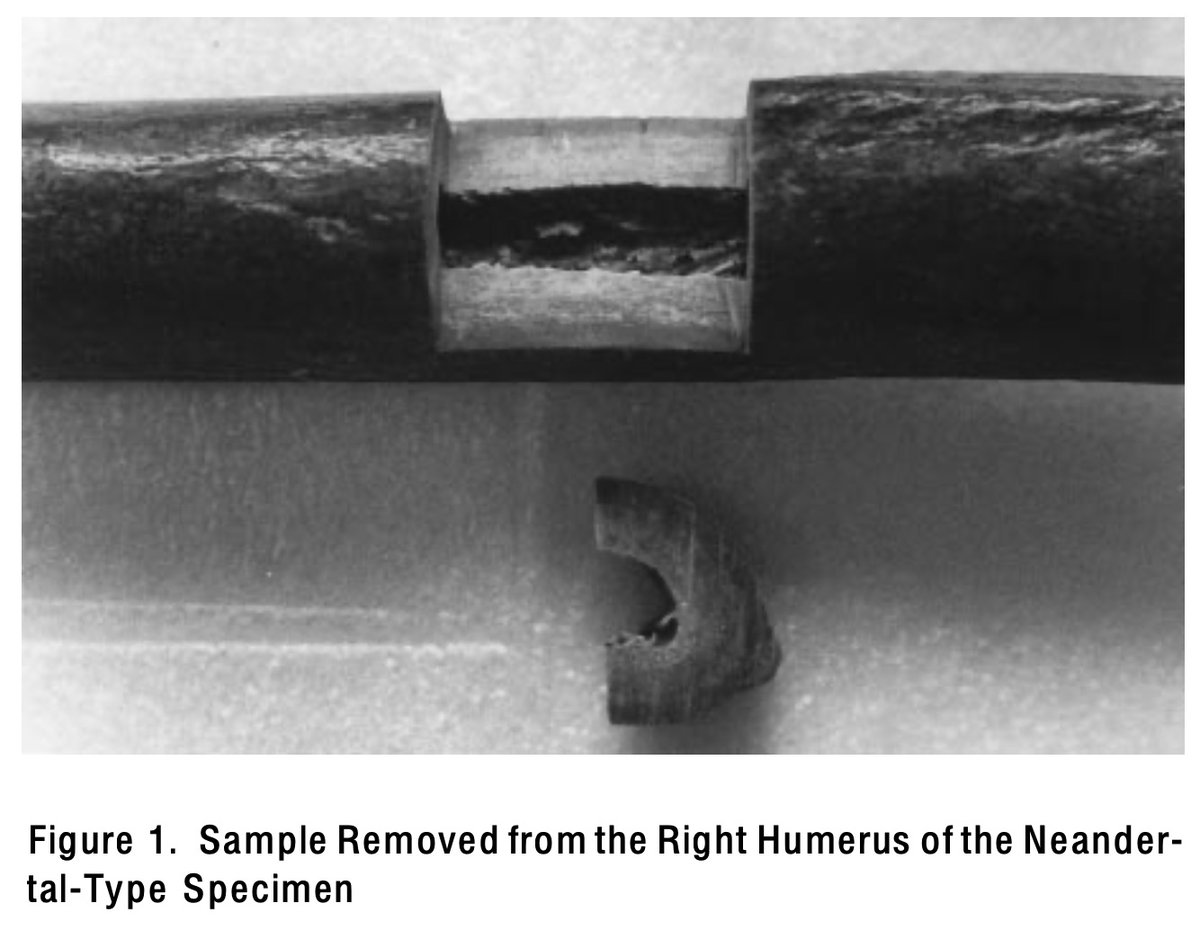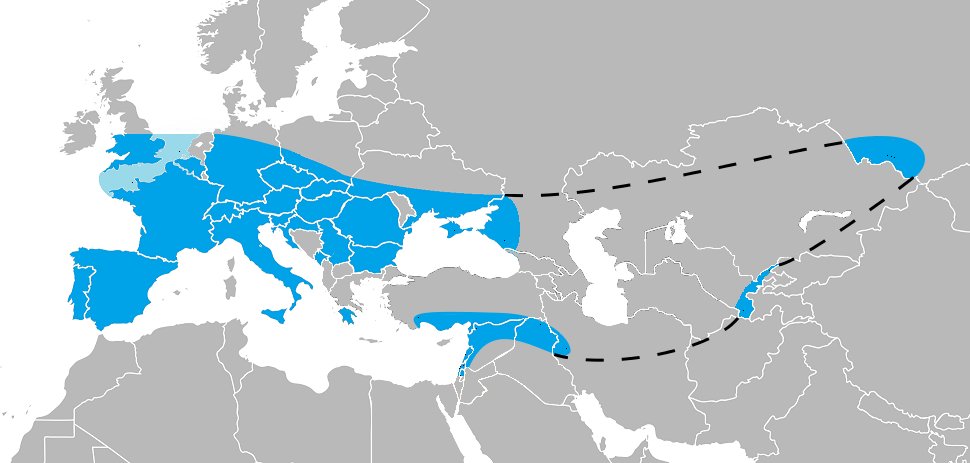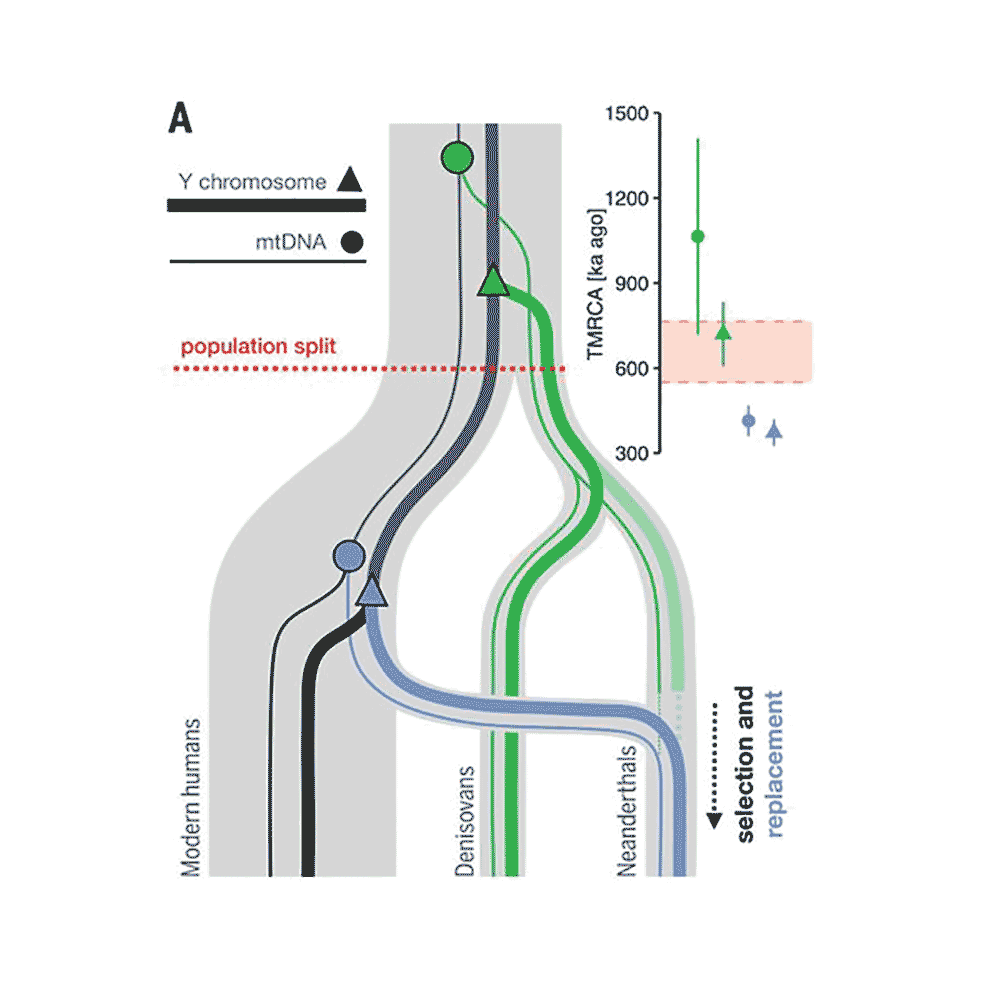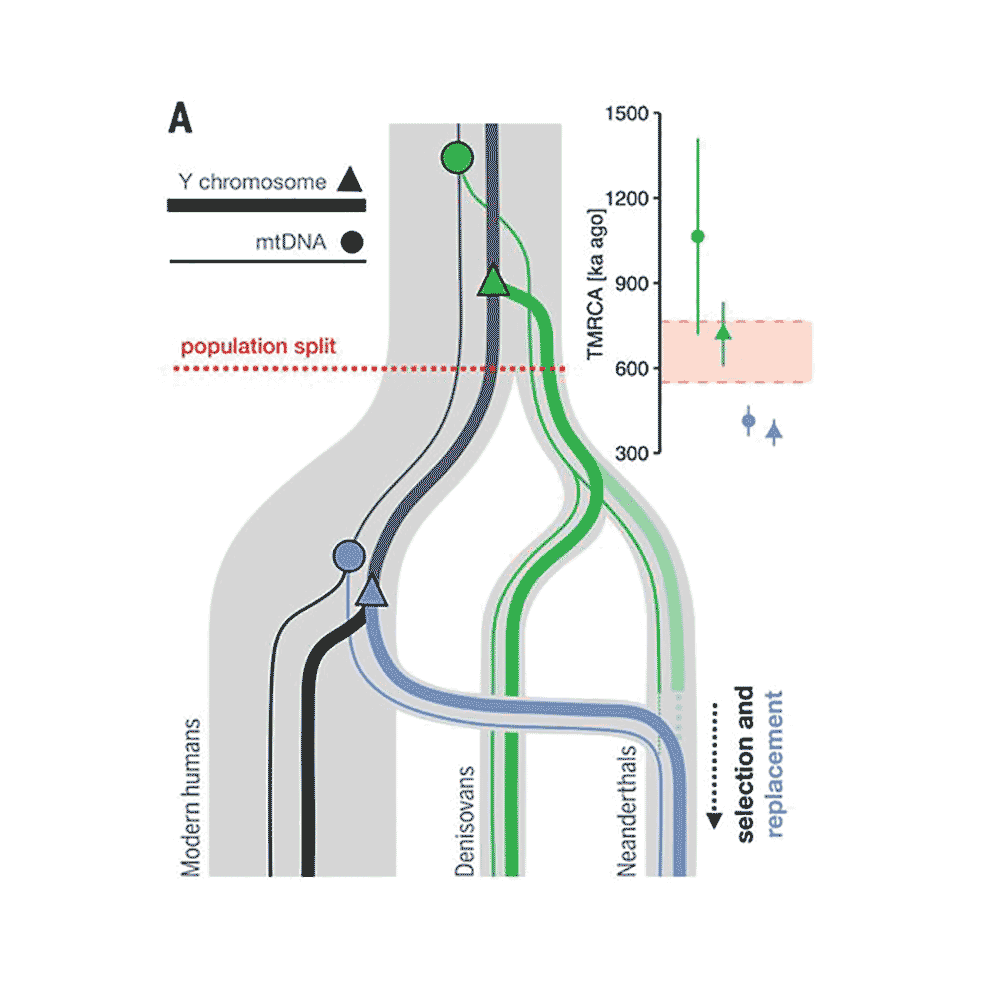
Most people have around a chromosome's worth of DNA from Neandertals, spread in small pieces across all 46 chromosomes.
Or, if you're of male sex, 45 out of 46 of them.
For western Eurasian peoples, the average amount of Neandertal DNA across the genome is around 120 megabases. Eastern Eurasian peoples have a bit more. Chromosome 13 is 114 Mb and 12 is 133 Mb.
African and African diaspora peoples have between 30 and 70 megabases of Neandertal DNA, with a lot of variation. Chromosome 21 has 46 Mb, chromosome 20 has 64 Mb.
One of the striking things about Neandertal DNA in living people is that Neandertal segments are more often in parts of chromosomes with fewer genes. Chromosomes also vary enormously in gene number. Chr 12 has more than 1000 genes. Chr 13 has a little over 300.
• • •
Missing some Tweet in this thread? You can try to
force a refresh










